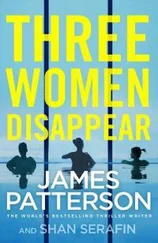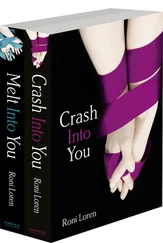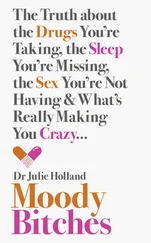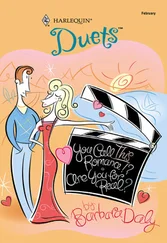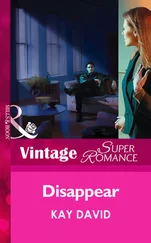Let us turn now to the twentieth century’s fairy tale for grown-ups: the psychological novel. Let us imagine an ideal type of this novel, a hodgepodge of the hundreds of thousands of psychological novels published in the Western world during the past century.
A man lives in the small port town where his father worked by the harbor and his mother died from her job in the glassworks. He beats his children. The man’s oldest son grows big enough to confront him about the violence in their home, and the reader follows the man on a journey back to his childhood. The harbor and the threatening dark water take on a symbolic cast, and the man relives the traumas that continue to plague him — the death of his beloved mother and his own father’s violence, which he is involuntarily repeating. He encounters resistance on this journey of realization, and this resistance makes him even more aggressive. But he also experiences inspirational turning points that alter his understanding of himself. By the end of the book, he has recognized the overall pattern of his life. This recognition is sufficient to transform him; at last the violence can cease, and he is liberated . 1
Regardless of how clichéd this plot may be, it is clearly a coherent narrative and not a chance collection of people and events. As readers, we feel that we get to know new aspects of the characters. We take an active interest in the turning points of their lives and follow along as, by degrees, their self-knowledge develops. The story has an abundance of symbols connected to the traumas as well as their resolution, and readers can feel themselves heartened and enriched in reading the novel by the profound insight they acquire into their fellow human beings.
The author doesn’t even need to be particularly skillful in her understanding of structure or composition, as the psychoanalytical worldview automatically structures episodes that would otherwise appear disjointed and unresolved. It makes them into a story .
Everything contributes structurally to this story. There is only one problem, albeit a major one: The novel is one great big lie! It confirms for the reader an antiquated view of humanity that psychiatrists (and others who have advanced degrees in the human psyche) have long since abandoned. That means that the novel can be considered an indifferent diversion at best, and at worst a patent stultification.
Let us imagine instead another novel.
A man who lives in a small port town beats his children. Many things happen, there are feelings and vivid sensations and dramatic scenes — but none of them lead anywhere. The man tries to understand his own life, but regardless of what he realizes, it doesn’t change anything. Several events intrude without direction or purpose. Then one day his doctor prescribes him some antidepressant pills. After that, he no longer hits his children so often .
This cannot be called a story. Everything dissolves into meaningless fragments without consequences, into a bald recitation of facts. This novel undermines the very structure of narrative.
The problem here is that this novel comes much closer to the unmerciful randomness, the immense chaos, and the constant biological vulnerability that constitute the essence of human existence. In short, this “anti-narrative” is more truthful.

The great majority of novelists and people who write for film and TV have never attended lectures about the breakthroughs in the last 30 years of psychology, psychiatry, and neurology. On the other hand, in the course of their high school or university education, pretty much all of them learned about psychoanalysis — which happens to provide the perfect structure for storytelling that is otherwise structurally unreflective.
The damage sustained by modern fiction is colossal. The ramifications are greater than if the authors had been educated in biology before Darwin or physics before Einstein. For it means that the person who watches a lot of TV, reads a lot of books, and sees a lot of movies has probably developed a more outdated and conservative notion of what it means to be human than people who have been able to keep their consumption of fiction at a lower level, and who obtain their knowledge from practically any other sphere of human activity.
Will TV series, movies, and literature then be able to find another paradigm for structuring their narratives? In other words, will fiction — whether found in books, in movie theaters, or on TV screens — be able to survive as anything but a deception and opiate of the people? It is doubtful, for the “psychoanalytical cultural tradition has
1. Of course, not all 20th-century novels take place by a harbor or involve violent fathers. Here it is only the structure that interests me, and in this respect the examples are endless: detective novels where the villain’s character is “nuanced” and “rounded” through flashbacks to his boyhood; family chronicles in which childhood traumas have an inexorably determining effect on the rest of life; psychological novels where insight into a primeval trauma translates into behavioral change; etc., etc., etc. There is no end to the stream of novels in which separate events constitute a narrative only because they are pinned to a unity that has been postulated by psychoanalysis.
There’s room for no more than thirty boats in this small natural harbor. Even then, that’s only if they’re moored several boats deep, so that kids playing on board have to scamper across the boats of other holiday visitors to reach land.
The two jetties are crescent-shaped promontories of granite rock, while the harbor’s only building is a kiosk, an old wooden shed painted barn red. We parked the car behind it so we could buy ice cream and extra water, but it turns out they also sell fresh-baked heart-shaped waffles with jam, scoops of ice cream, and whipped cream.
Together with blond happy tan Swedes, Bernard and I wait in line to buy our waffles, standing with an arm around each other’s waist. We’re wearing shorts, sunglasses, and sunscreen. Gulls swoop in low over the boulders beyond the harbor, and we’ll clamber around on the rocks as soon as we’ve had our waffles and coffee. Later we can hike up the path between the fields or walk along the coast to the edge of the woods where cows are grazing.
When a family gets up from one of the tables, I hurry over, draping my pullover across the back of one chair and tipping a second one forward so its backrest leans against the edge of the table. The table’s ours now. I trot back to the line and wrap my arms around Bernard, and we kiss as if I’d been gone a long time. The couple behind us smile conspiratorially; perhaps they discovered love recently too.
I’ve been over to look through the window of the old wooden kiosk, and they have a large selection of ice cream, but the best kind with waffles is plain vanilla.
“One scoop of vanilla,” I say to Bernard as we stand in line. “And coffee.”
“I’ll have the same,” he says. “Plus a chocolate-covered marshmallow on top.”
I squeeze him tighter when he says this. I don’t know why, there’s just something about the simple fact that he’d like a chocolate-covered marshmallow that makes me want to fall into him and disappear even more than I already did. Or maybe it’s his tone of voice, or the way the strong sunlight falls upon his almost-white hair, or the smell of warm waffles combined with the way he scratches his neck.
It’s so clear we were born to be together — there’s no avoiding it, it’s constantly clear — yet somehow it becomes even more obvious when he says plus a chocolate-covered marshmallow on top , or when he gazes out over the glassy Kattegat Sea and screws up his eyes because the light is so harsh, or when he takes another two steps forward in line, with steps I’m learning could only be his.
Читать дальше
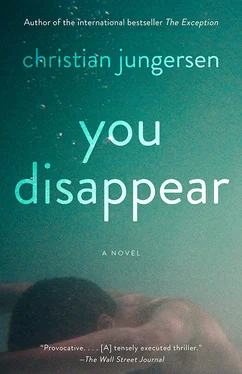

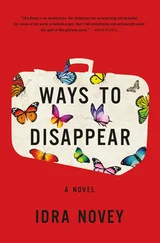
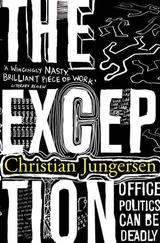
![Ally Carter - [Gallagher Girls 01] I'd Tell You I Love You But Then I'd Have to Kill You](/books/262179/ally-carter-gallagher-girls-01-i-d-tell-you-i-lo-thumb.webp)

